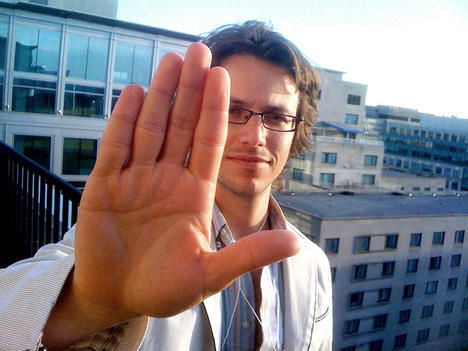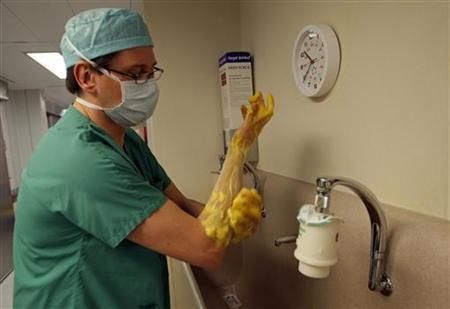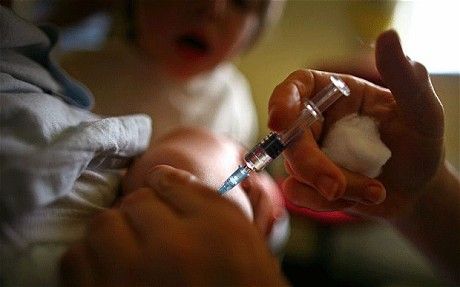
© redOrbit
The World Health Organization (WHO) said on Thursday that millions of people die each year from medical errors and infections linked to health care, and going into hospital is far riskier than flying, according to a recent Reuters report.
"If you were admitted to hospital tomorrow in any country... your chances of being subjected to an error in your care would be something like 1 in 10. Your chances of dying due to an error in health care would be 1 in 300," Liam Donaldson, the WHO's newly appointed envoy for patient safety, told a news briefing.
According to Donaldson, this compared with a risk of dying in an air crash of about 1 in 10 million passengers.
"It shows that health care generally worldwide still has a long way to go," he told reporters.
Over 50 percent of acquired infections can be prevented if health care workers clean their hands with soap and water or an alcohol-based handbag before treating patients.
According to the U.N., seven hospitals in developed and 10 in developing countries will acquire at least one health care-associated infection.
"The longer patients stay in an ICU (intensive care unit), the more at risk they become of acquiring an infection," it said.




Comment: As the side effects of vaccines increase, it's becoming harder to hide the fact that vaccines are causing the diseases they are professed to prevent, and are actually creating additional diseases.
Warning to Parents: This Vaccine Linked to Sudden Infant Death
60 Lab Studies Confirm Cancer Link to a Vaccine You Probably Had as a Child
H1N1 Flu - The Truth About The Vaccine